Design of Docking Interfaces for On-Orbit Assembly of Large Structures in Space
Abstract
:1. Introduction
2. The Structure and Working Process of the Butt Joint Interface
2.1. Docking Process
2.2. Locking Process
3. Structural Design and Tolerance Analysis of Docking Surfaces
3.1. Design of Buttressing Surface Parameters
3.2. Analysis of Butt Joint Misalignment Tolerance
3.2.1. Rotational and Translational Misalignment Tolerances
3.2.2. Translational Misalignment Tolerance Analysis
3.2.3. Camber Misalignment Tolerance Analysis
4. Simulation Verification
4.1. Simulation Parameter Settings
4.2. Rotational Misalignment Tolerance Simulation
4.3. Simulation of Translational Misalignment Tolerance
4.4. Camber Misalignment Tolerance Simulation
4.5. Analysis of Simulation Results
5. Docking Experiment Validation
5.1. Misalignment Tolerance Experiment
5.2. Lens Splicing Experiment
6. Discussion
7. Conclusions
Author Contributions
Funding
Institutional Review Board Statement
Informed Consent Statement
Data Availability Statement
Conflicts of Interest
References
- Li, Y.; Huo, Q.; Li, A.; He, S.; Zhang, E.; Sai, H.; Zhu, M.; Xu, Z. Design and experiment of modular hyper-redundant space manipulator. Jiqiren/Robot 2022, 44, 55–65. [Google Scholar]
- Yim, M.; Roufas, K.; Duff, D.; Zhang, Y.; Eldershaw, C.; Homans, S. Modular reconfigurable robots in space applications. Auton. Robot. 2003, 14, 225–237. [Google Scholar] [CrossRef]
- Saab, W.; Racioppo, P.; Ben-Tzvi, P. A review of coupling mechanism designs for modular reconfigurable robots. Robotica 2019, 37, 378–403. [Google Scholar] [CrossRef]
- Tang, S.; Zhu, Y.; Zhao, J.; Cui, X. The UBot modules for self-reconfigurable robot. In Proceedings of the 2009 ASME/IFToMM International Conference on Reconfigurable Mechanisms and Robots, London, UK, 22–24 June 2009; pp. 529–535. [Google Scholar]
- Shen, W.M.; Kovac, R.; Rubenstein, M. SINGO: A single-end-operative and genderless connector for self-reconfiguration, self-assembly and self-healing. In Proceedings of the 2009 IEEE International Conference on Robotics and Automation, Kobe, Japan, 12–17 May 2009; pp. 4253–4258. [Google Scholar]
- Jiang, D.S.; Guan, E.G.; Fu, Z.; Zhao, Y. Design of docking mechanism for a new self-reconfigurable robot module. J. Shanghai Jiao Tong Univ. 2010, 44, 1026–1030. (In Chinese) [Google Scholar]
- Wang, W.; Yu, W.; Zhang, H. JL-2: A mobile multi-robot system with docking and manipulating capabilities. Int. J. Adv. Robot. Syst. 2010, 7, 9. [Google Scholar] [CrossRef]
- Sohal, S.S.; Sebastian, B.; Ben-Tzvi, P. Autonomous docking of hybrid-wheeled modular robots with an integrated active genderless docking mechanism. J. Mech. Robot. 2022, 14, 011010. [Google Scholar] [CrossRef]
- Zhang, X.D. Self-Reconfiguring Mobile Robot Monolithic Design and Inter-Body Localisation, Communication Mode Research. Master’s Thesis, Harbin Institute of Technology, Harbin, China, 2015. (In Chinese). [Google Scholar]
- He, C. Experimental Study of Self-Reconfigurable Robot Based on Infrared Intensity Localisation Docking. Doctoral Dissertation, Harbin Institute of Technology, Harbin, China, 2016. (In Chinese). [Google Scholar]
- Behnam, S.; Moll, M.; Shen, W.M. SUPERBOT: A Deployable, Multi-Functional, and Modular Self-Reconfigurable Robotic System. In Proceedings of the 2006 IEEE/RSJ International Conference on Intelligent Robots and Systemns, Beijing, China, 9–15 October 2006. [Google Scholar]
- Zhang, Y.; Zhao, J.; Zhang, L.; Qi, L.; Cai, H. A new modular reconfigurable robot system. J. Mech. Eng. 2006, 42, 4. (In Chinese) [Google Scholar] [CrossRef]
- Yoshida, E.; Murata, S.; Kamimura, A.; Tomita, K.; Kurokawa, H.; Kokaji, S. Self-reconfigurable modular robots-hardware and software development in AIST. In Proceedings of the IEEE International Conference on Robotics, Intelligent Systems and Signal Processing, Changsha, China, 8–13 October 2003; Volume 1, pp. 339–346. [Google Scholar]
- Kurokawa, H.; Kamimura, A.; Yoshida, E.; Tomita, K.; Kokaji, S.; Murata, S. M-TRAN II: Metamorphosis from a four-legged walker to a caterpillar. In Proceedings of the 2003 IEEE/RSJ International Conference on Intelligent Robots and Systems (IROS 2003) (Cat. No. 03CH37453), Las Vegas, NV, USA, 27–31 October 2003; Volume 3, pp. 2454–2459. [Google Scholar]
- Zhao, C. Development of Modular Reconfigurable Robot and Its Reinforcement Learning Research. Master’s Thesis, Harbin Institute of Technology, Harbin, China, 2020. (In Chinese). [Google Scholar]
- Chen, J.; Wen, X.; Wang, H.; Gong, W.; Deng, Z.; Yu, H. A Genderless Docking Mechanism with Passive Locking and High Rotation Misalignment Tolerance for Modular Space Robots. In Proceedings of the 2022 IEEE International Conference on Robotics and Biomimetics (ROBIO), Jinghong, China, 5–9 December 2022; pp. 303–308. [Google Scholar]
- Fu, G.; Menciassi, A.; Dario, P. Development of a genderless and fail-safe connection system for autonomous modular robots. In Proceedings of the 2011 IEEE International Conference on Robotics and Biomimetics, Karon Beach, Thailand, 7–11 December 2011; pp. 877–882. [Google Scholar]
- Hossain, S.G.M.; Nelson, C.A.; Dasgupta, P. RoGenSiD: A rotary plate genderless single-sided docking mechanism for modular self-reconfigurable robots. In Proceedings of the International Design Engineering Technical Conferences and Computers and Information in Engineering Conference, Portland, OR, USA, 4–7 August 2013; Volume 55942, p. V06BT07A011. [Google Scholar]
- Parrott, C.; Dodd, T.J.; Groß, R. HiGen: A high-speed genderless mechanical connection mechanism with single-sided disconnect for self-reconfigurable modular robots. In Proceedings of the 2014 IEEE/RSJ International Conference on Intelligent Robots and Systems, Chicago, IL, USA, 14–18 September 2014; pp. 3926–3932. [Google Scholar]
- Peck, R.H.; Timmis, J.; Tyrrell, A.M. Omni-pi-tent: An omnidirectional modular robot with genderless docking. In Annual Conference towards Autonomous Robotic Systems; Springer International Publishing: Cham, Switzerland, 2019; pp. 307–318. [Google Scholar]
- Saab, W.; Ben-Tzvi, P. A genderless coupling mechanism with six-degrees-of-freedom misalignment capability for modular self-reconfigurable robots. J. Mech. Robot. 2016, 8, 061014. [Google Scholar] [CrossRef]
- Feng, F.; Tang, L.; Xu, J.; Liu, H.; Liu, Y. A review of the end-effector of large space manipulator with capabilities of misalignment tolerance and soft capture. Sci. China Technol. Sci. 2016, 59, 1621–1638. [Google Scholar] [CrossRef]
- Feng, F.; Liu, Y.; Liu, H.; Cai, H. Design schemes and comparison research of the end-effector of large space manipulator. Chin. J. Mech. Eng. 2012, 25, 674–687. [Google Scholar] [CrossRef]
- Tan, Y.; Liu, Y.; Liu, H.; Cai, H. Transfer vehicle cargo manipulating strategy in orbit using large-scale space end-effector. J. Mech. Eng. 2011, 47, 109–115. (In Chinese) [Google Scholar] [CrossRef]
- Hu, C.; Gao, S.; Xiong, M.; Tang, Z.; Wang, Y.; Liang, C.; Li, D.; Zhang, W.; Chen, L.; Zeng, L.; et al. Key technologies of the China space station core module manipulator. Sci. Sin. Technol. 2022, 52, 1299–1331. (In Chinese) [Google Scholar] [CrossRef]
- Sun, K.; Liu, H.; Xie, Z.; Ni, F. Structure design of an end-effector for the Chinese space station experimental module manipulator. In Proceedings of the 12th International Symposium on Artificial Intelligence, Robotics and Automation in Space, Montreal, QC, Canada, 17–19 June 2014; pp. 1–8. [Google Scholar]
- Ahlstrom, T.; Curtis, A.; Diftler, M.; Berka, R.; Joyce, C.; Badger, J.; Yayathi, S. Robonaut 2 on the International Space Station: Status update and preparations for IVA mobility. In Proceedings of the AIAA Space 2013 Conference and Exposition, San Diego, CA, USA, 10–12 September 2013; p. 5340. [Google Scholar]
- GITAI. GITAI Develops Inchworm-Type Robotic Arm Extending Both the Capability and Mobility of Space Robots and Completes Proof-of-Concept Demonstration (TRL3) [EB/OL]. Japan: GITAI, 2022 [2023-3-10]. Available online: https://gitai.tech/ (accessed on 22 August 2022).
- Han, L.; He, X.; Yang, J. Research on a novel end-effector for self-mobile space manipulator. Robot 2016, 38, 720–726. [Google Scholar]
- Schervan, T.; Kreisel, J.; Schroeder, K.U.; Wingo, D.R. New horizons for exploration via flexible concepts based on building blocks using the standardized issi (intelligent space system interface) modular coupling kit by iboss. In Proceedings of the Global Space Exploration Conference, St. Petersburg, Russia, 14–18 June 2021; pp. 14–18. [Google Scholar]
- Kreisel, J.; Schervan, T.A.; Schroeder, K.U. A game-changing space system interface enabling multiple modular and building block-based architectures for orbital and exploration missions. In Proceedings of the 70th International Astronautical Congress (IAC), Washington, DC, USA, 21–25 October 2019. [Google Scholar]
- Letier, P.; Siedel, T.; Deremetz, M.; Pavlovskis, E.; Lietaer, B.; Nottensteiner, K.; Roa, M.A.; Casarrubios, J.S.G.; Romero, J.L.C.; Gancet, J. Hotdock: Design and validation of a new generation of standard robotic interface for on-orbit servicing. In Proceedings of the 71st International Astronautical Congress, IAC 2020, Online, 12–14 October 2020. [Google Scholar]
- Deremetz, M.; Letier, P.; Grunwald, G.; Roa Garzon, M.A.; Brunner, B.; Lietaer, B.; Ilzkovitz, M. MOSAR-WM: A relocatable robotic arm demonstrator for future on-orbit applications. In Proceedings of the 71st International Astronautical Congress, IAC 2020, Online, 12–14 October 2020. [Google Scholar]
- Díaz, M.D.C.; Guerra, G.; Gala, J.; Viñals, J.J. SIROM electronics design: Current state and future developments. Acta Astronaut. 2023, 202, 742–750. [Google Scholar] [CrossRef]
- Lee, D.H.; Choi, M.S.; Park, H.; Jang, G.R.; Park, J.H.; Bae, J.H. Peg-in-hole assembly with dual-arm robot and dexterous robot hands. IEEE Robot. Autom. Lett. 2022, 7, 8566–8573. [Google Scholar] [CrossRef]
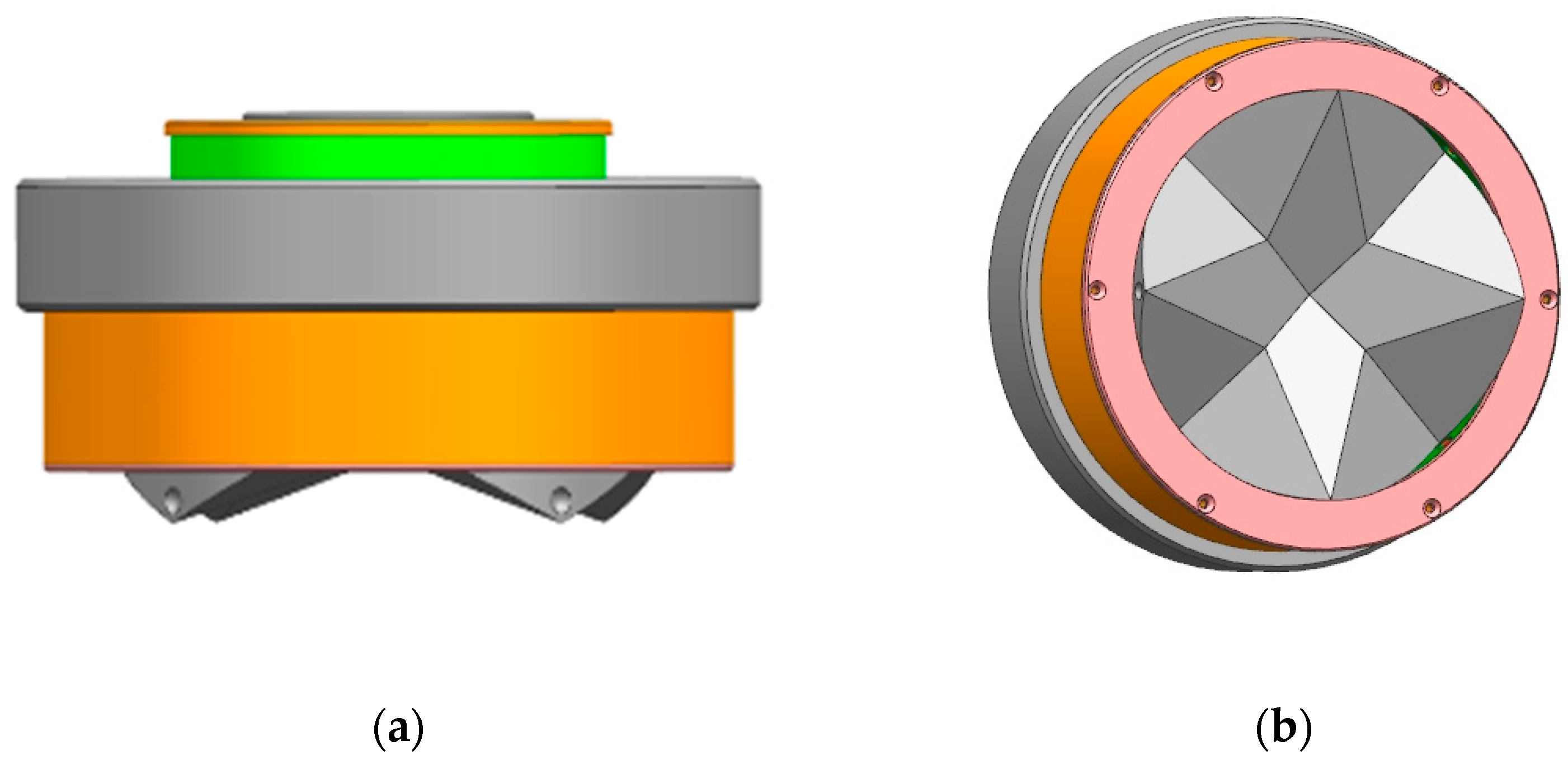
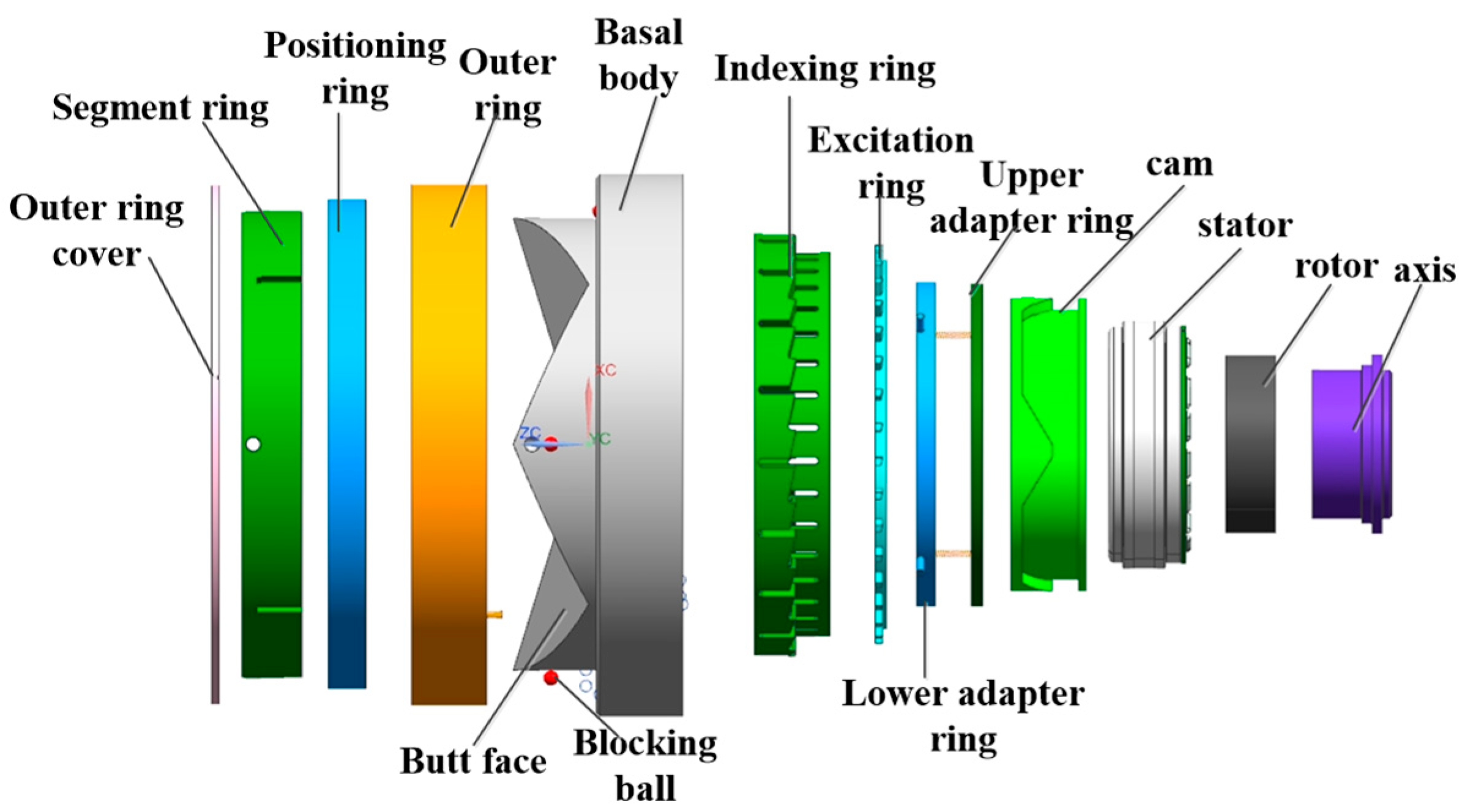
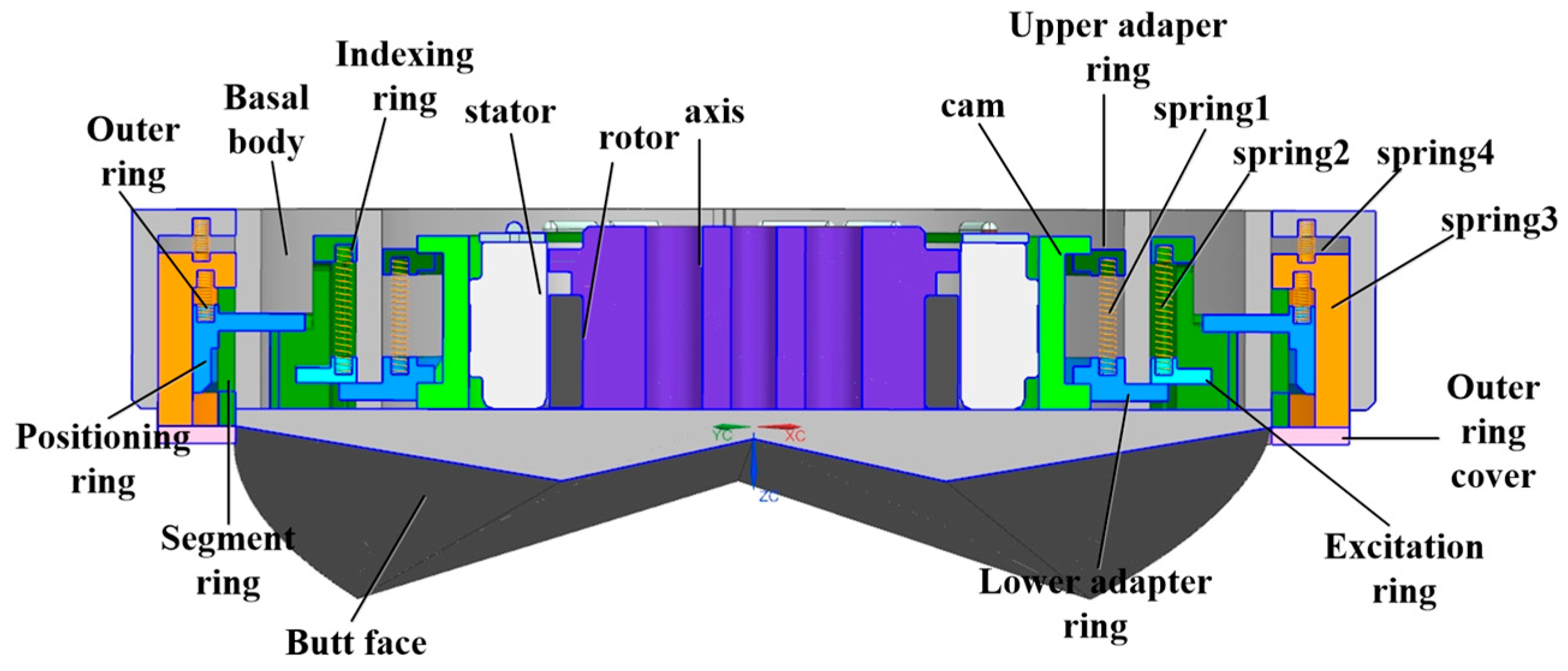
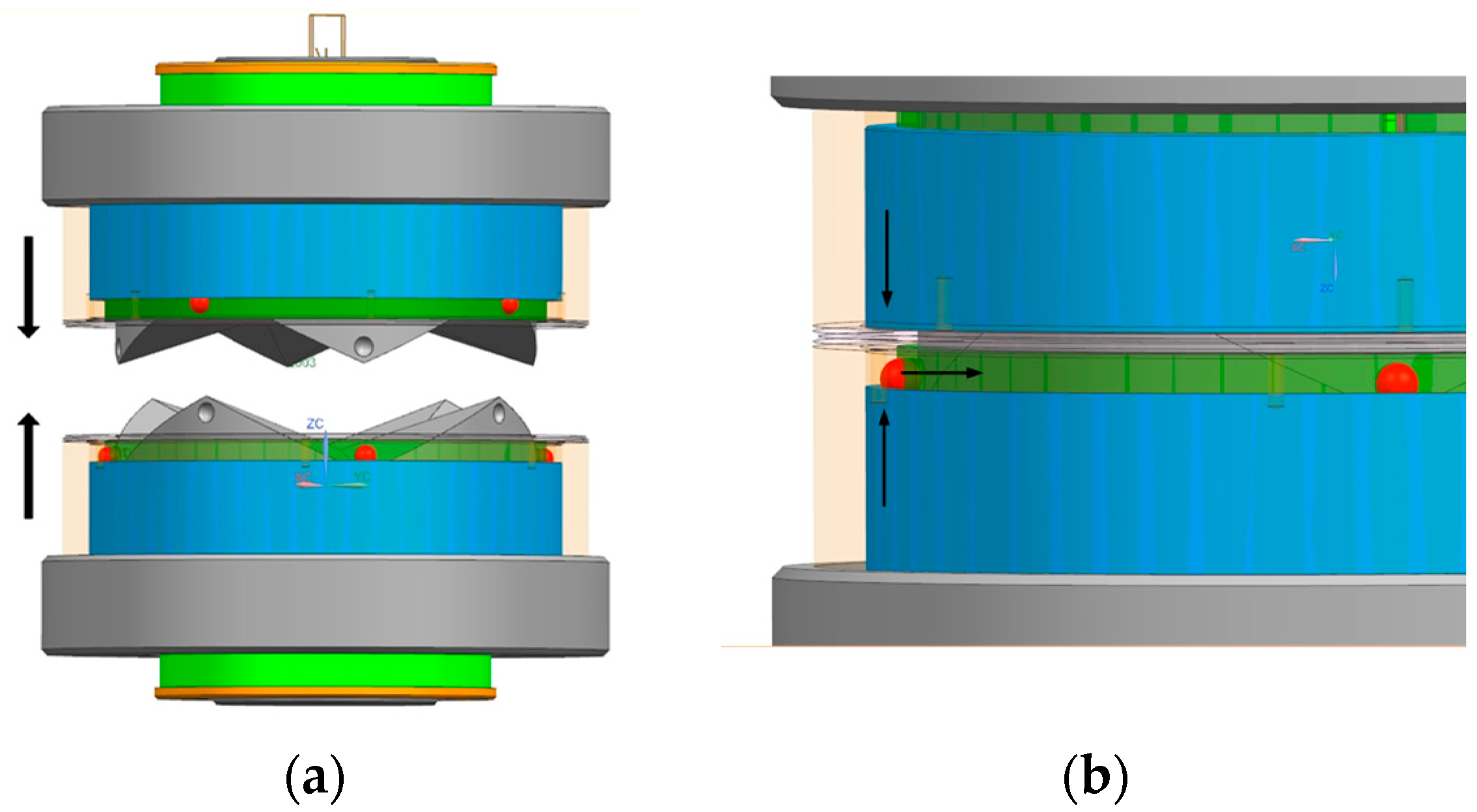
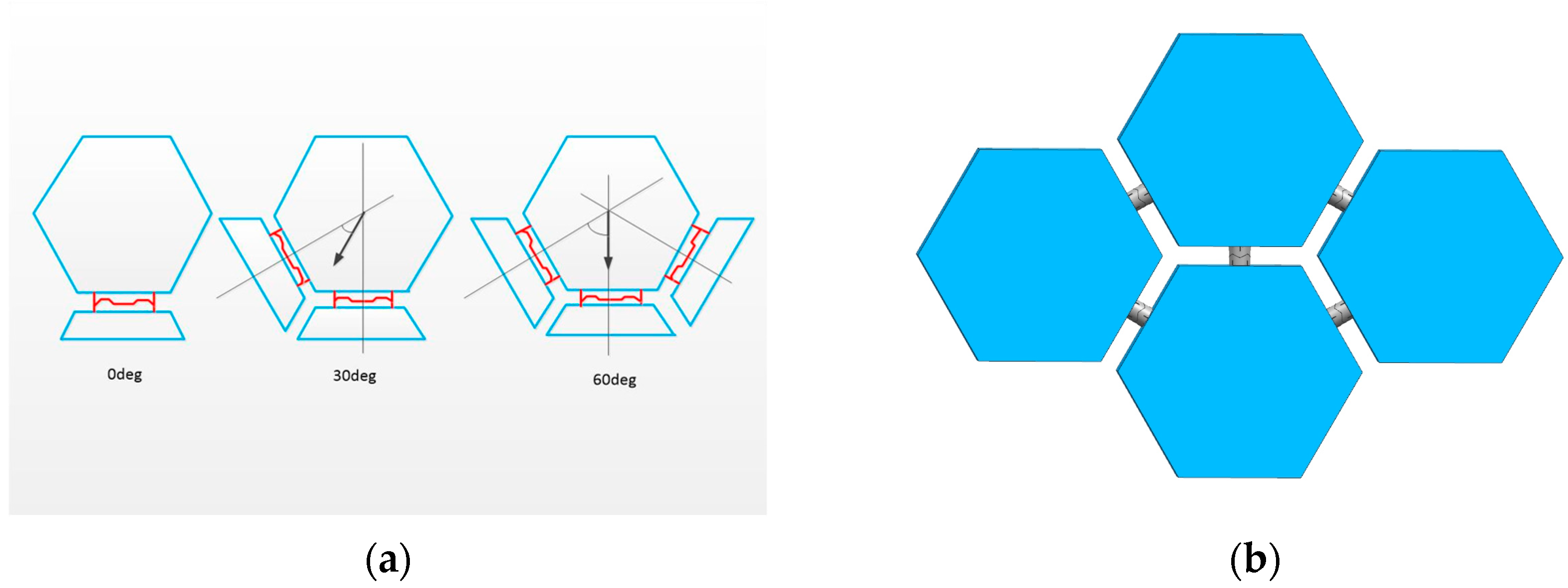
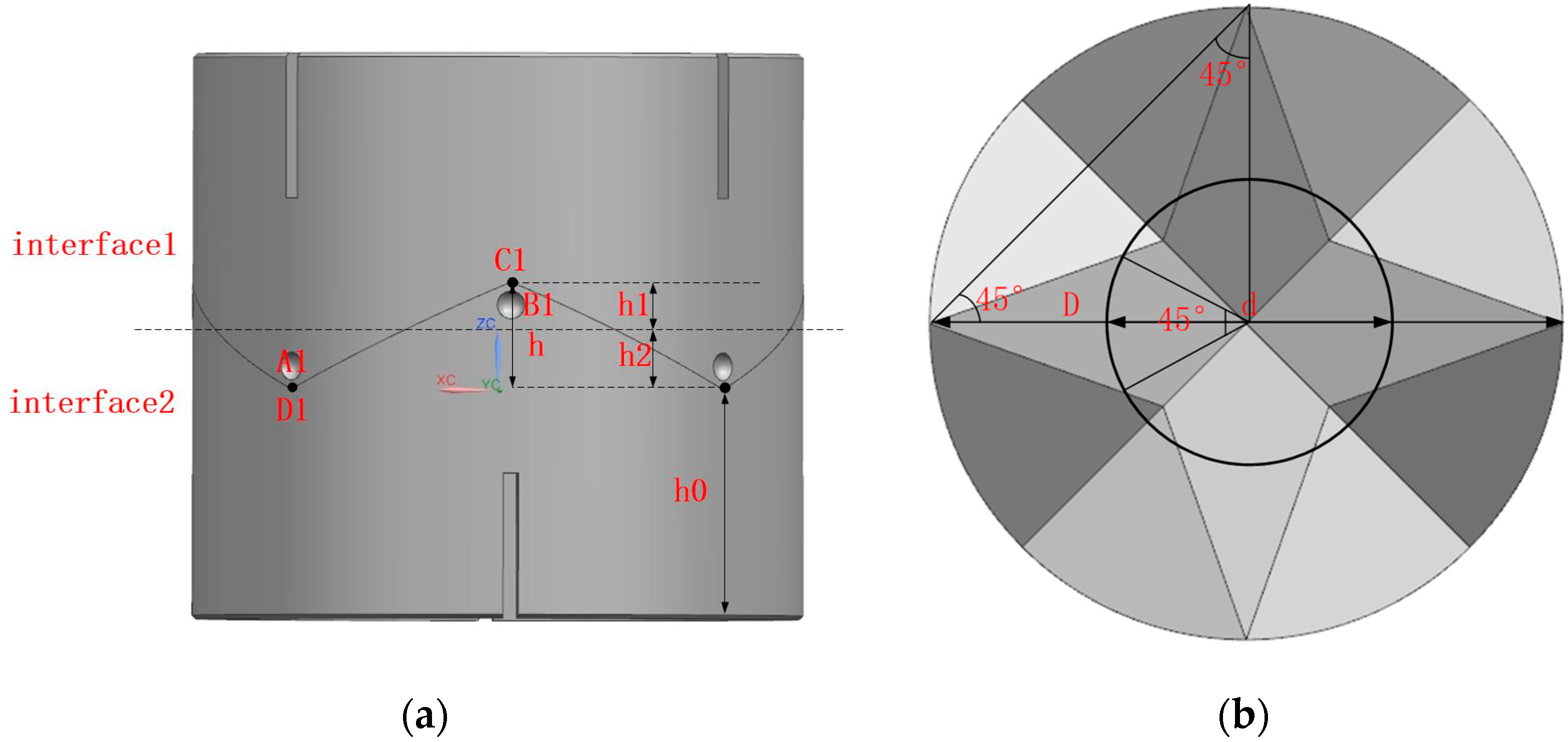
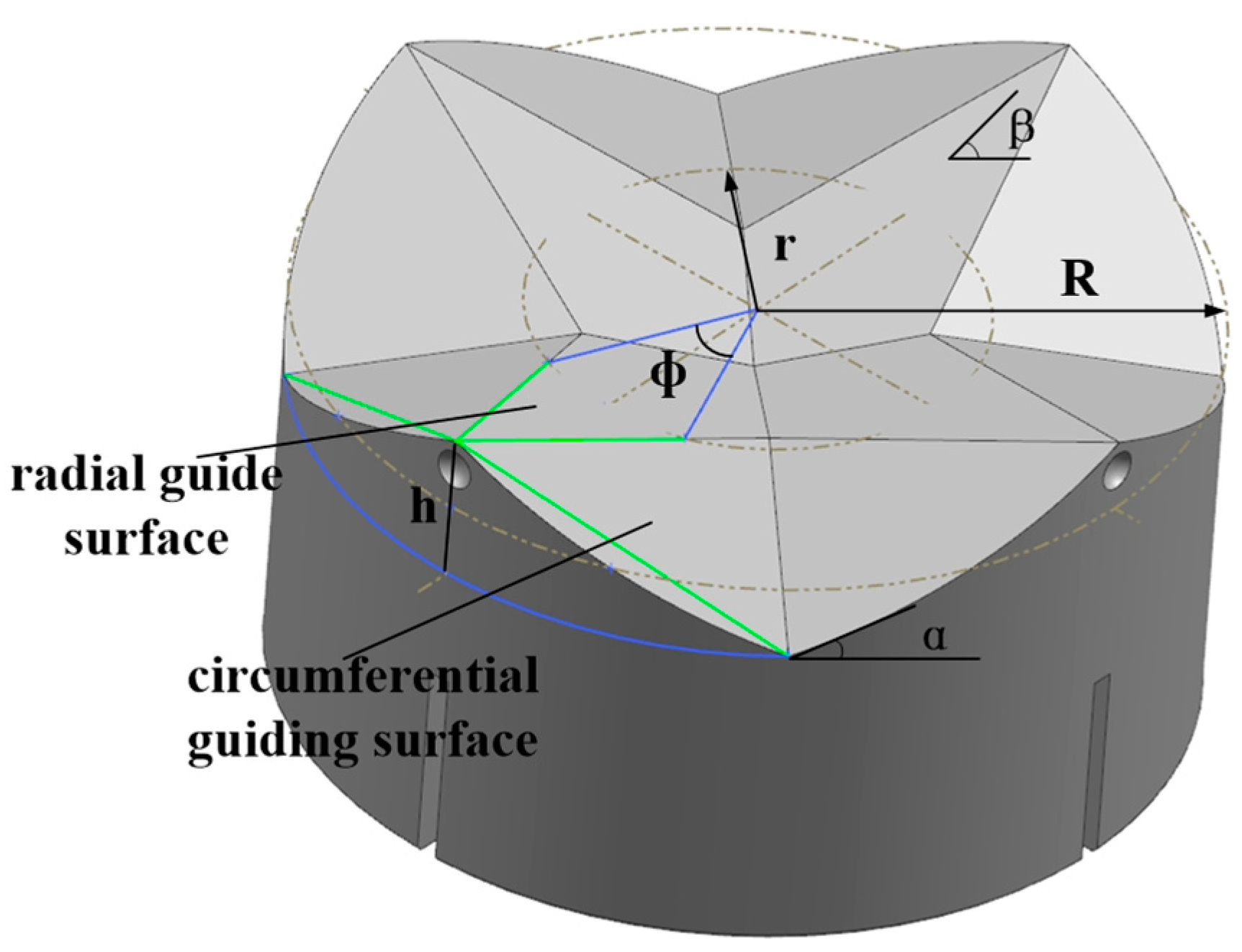
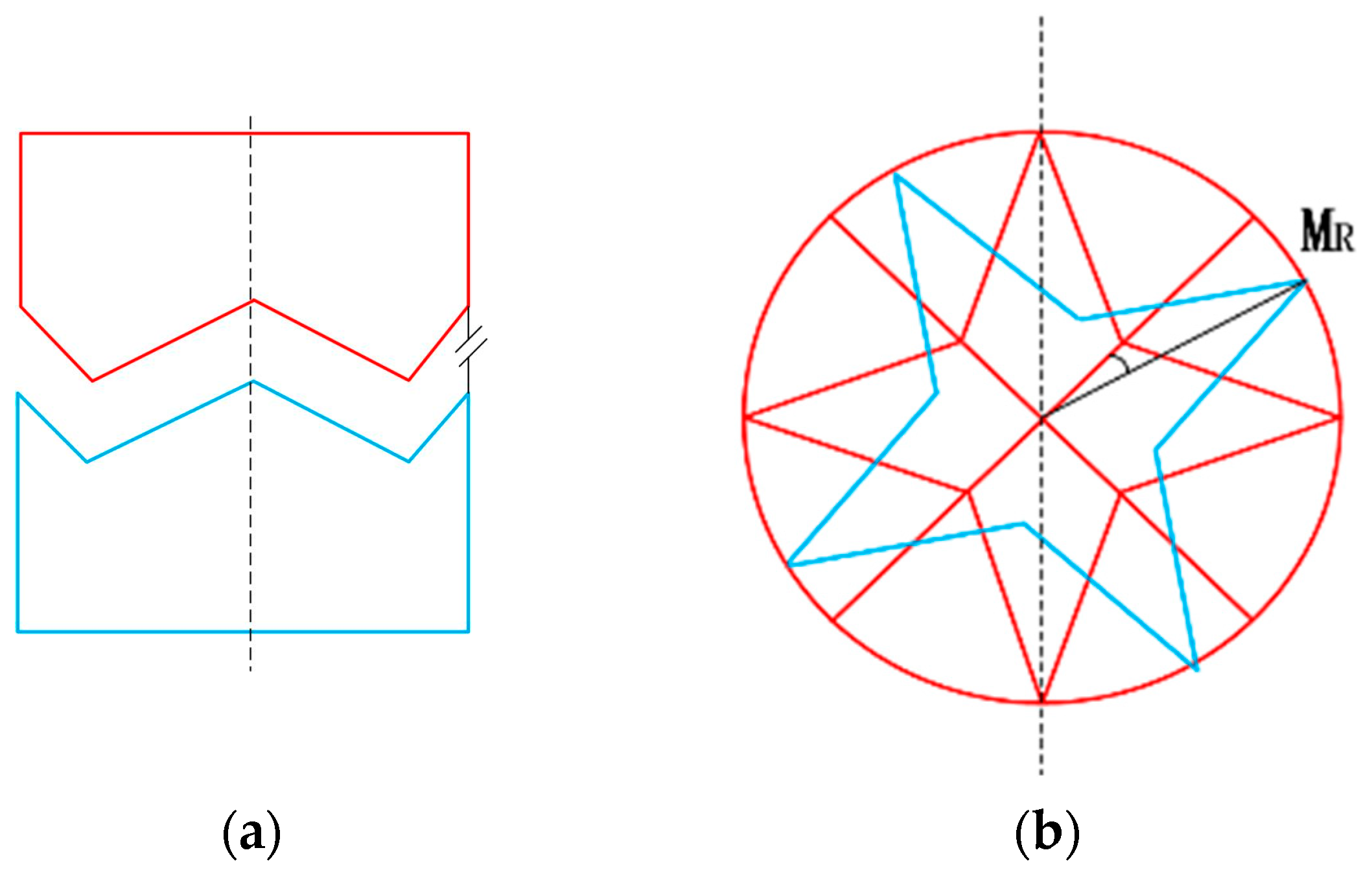

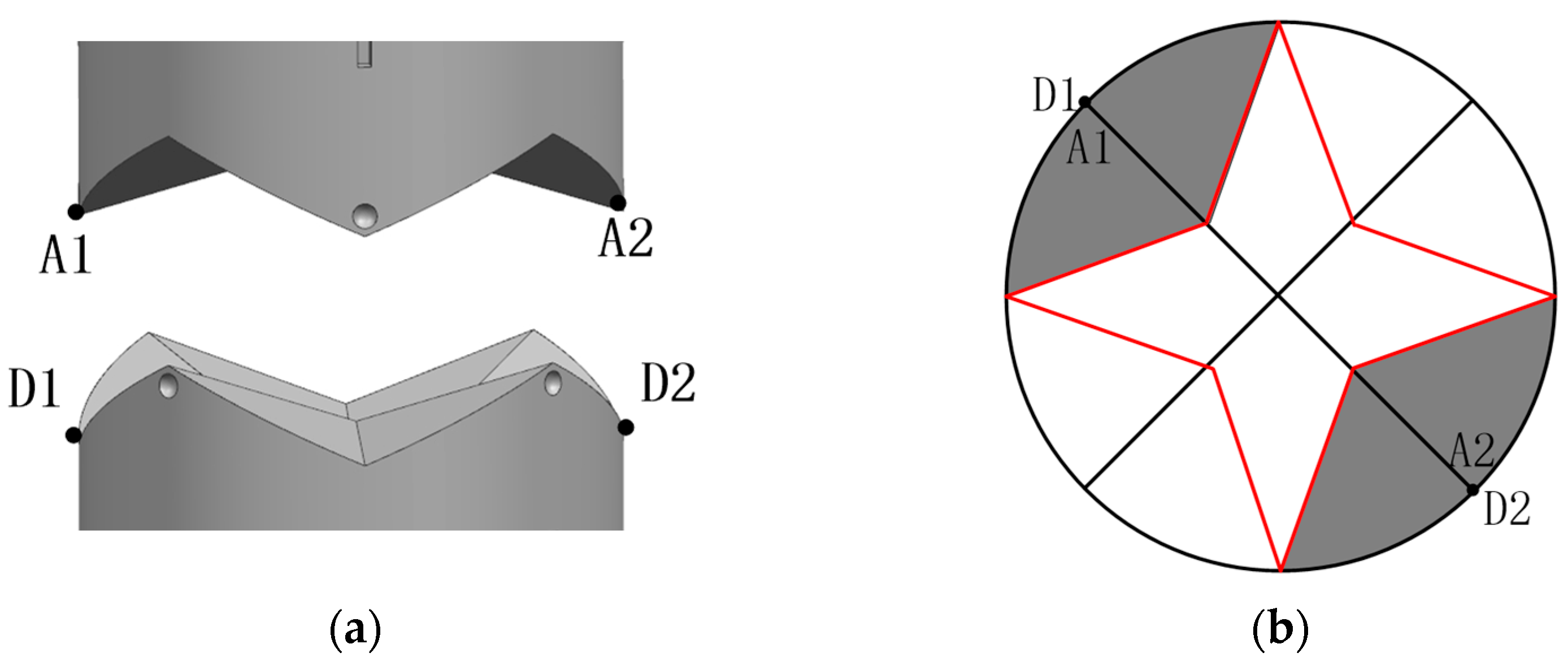

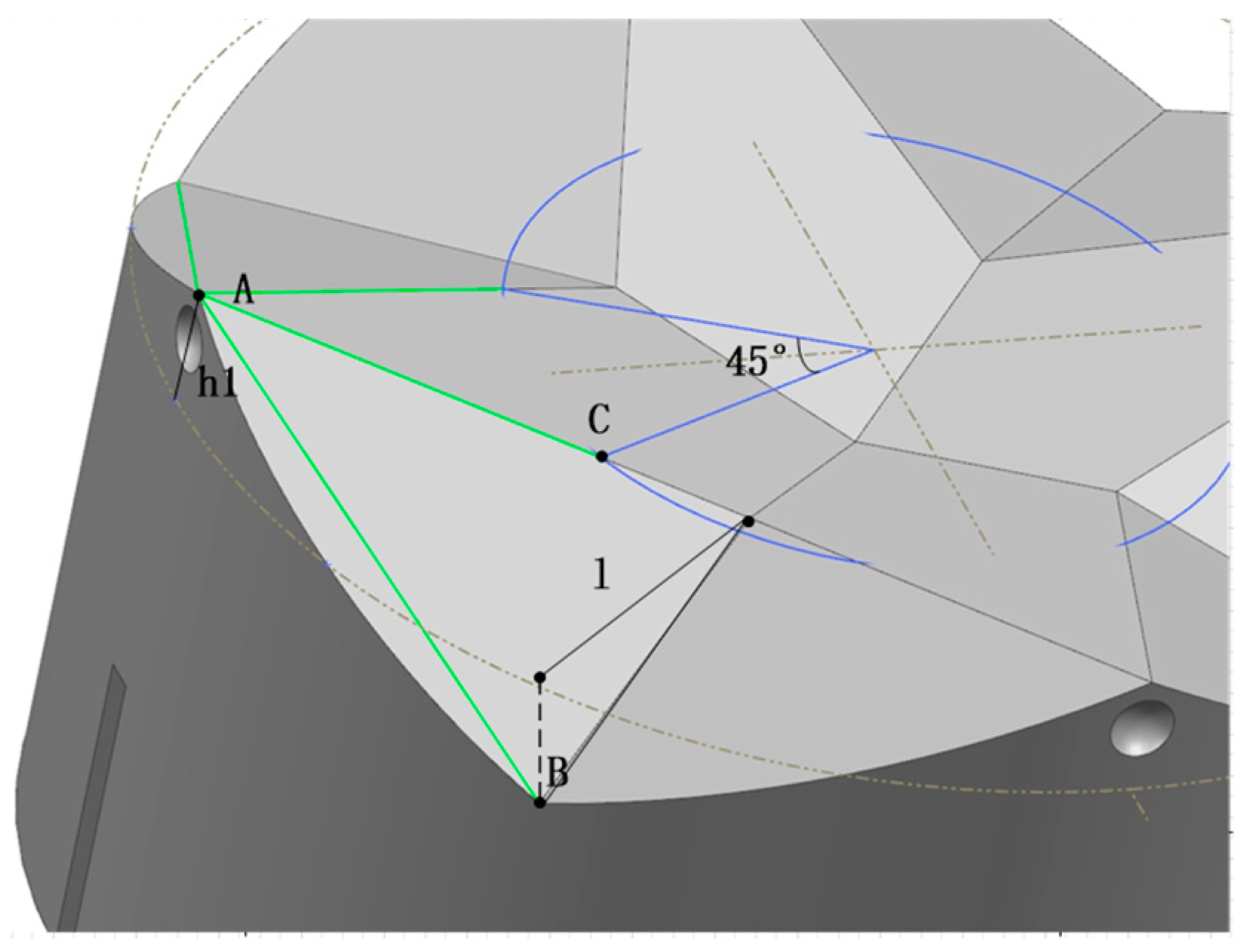
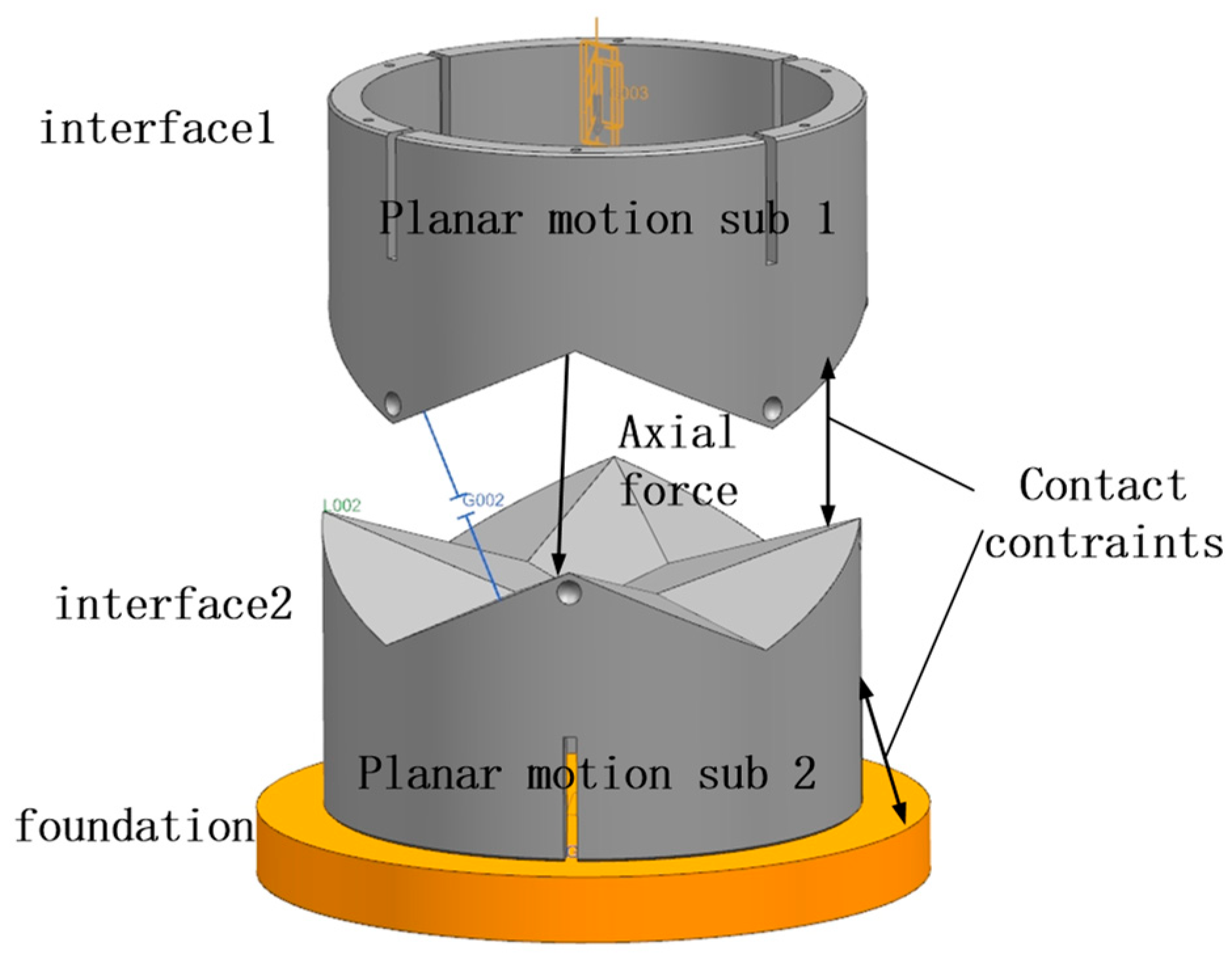






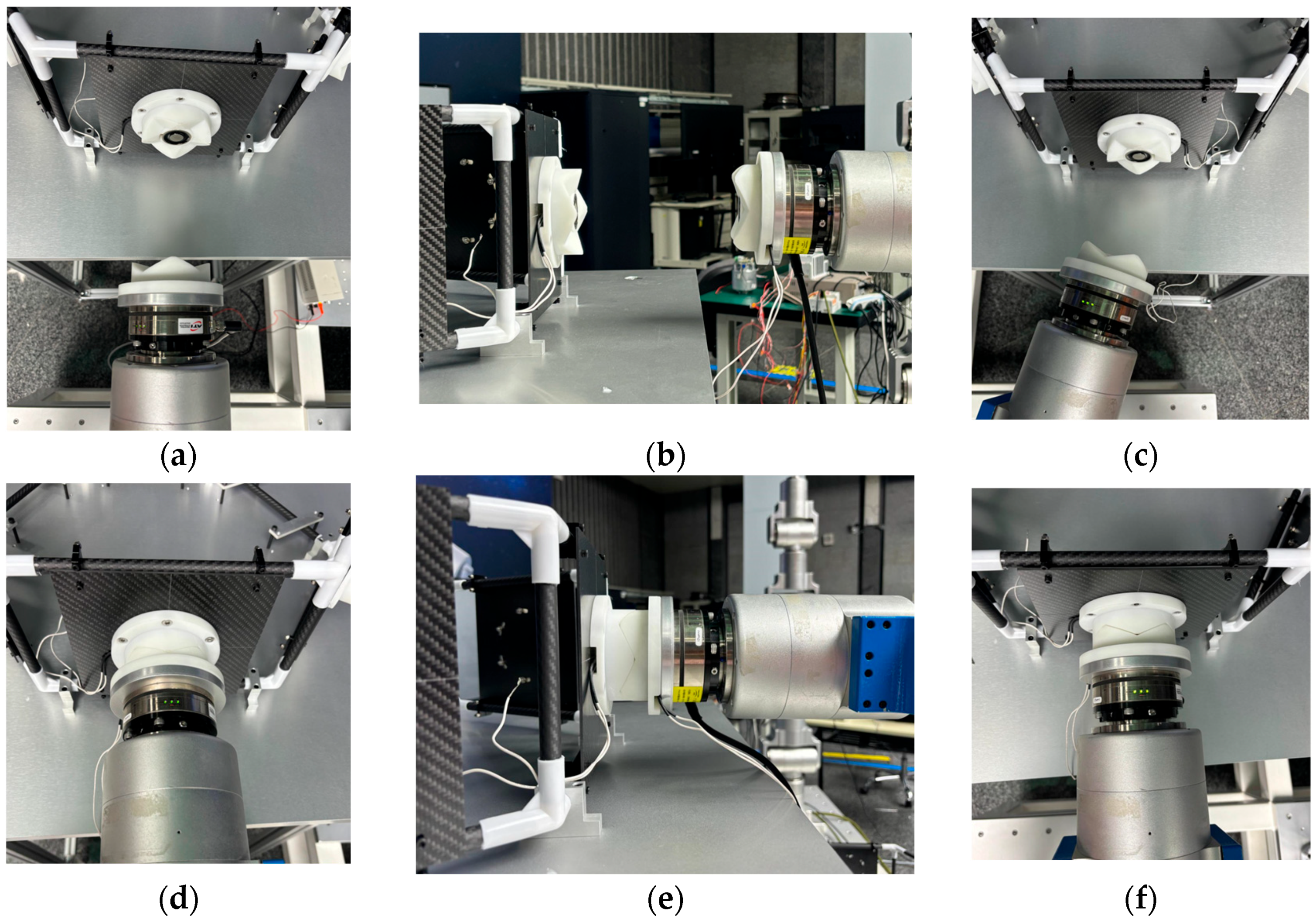
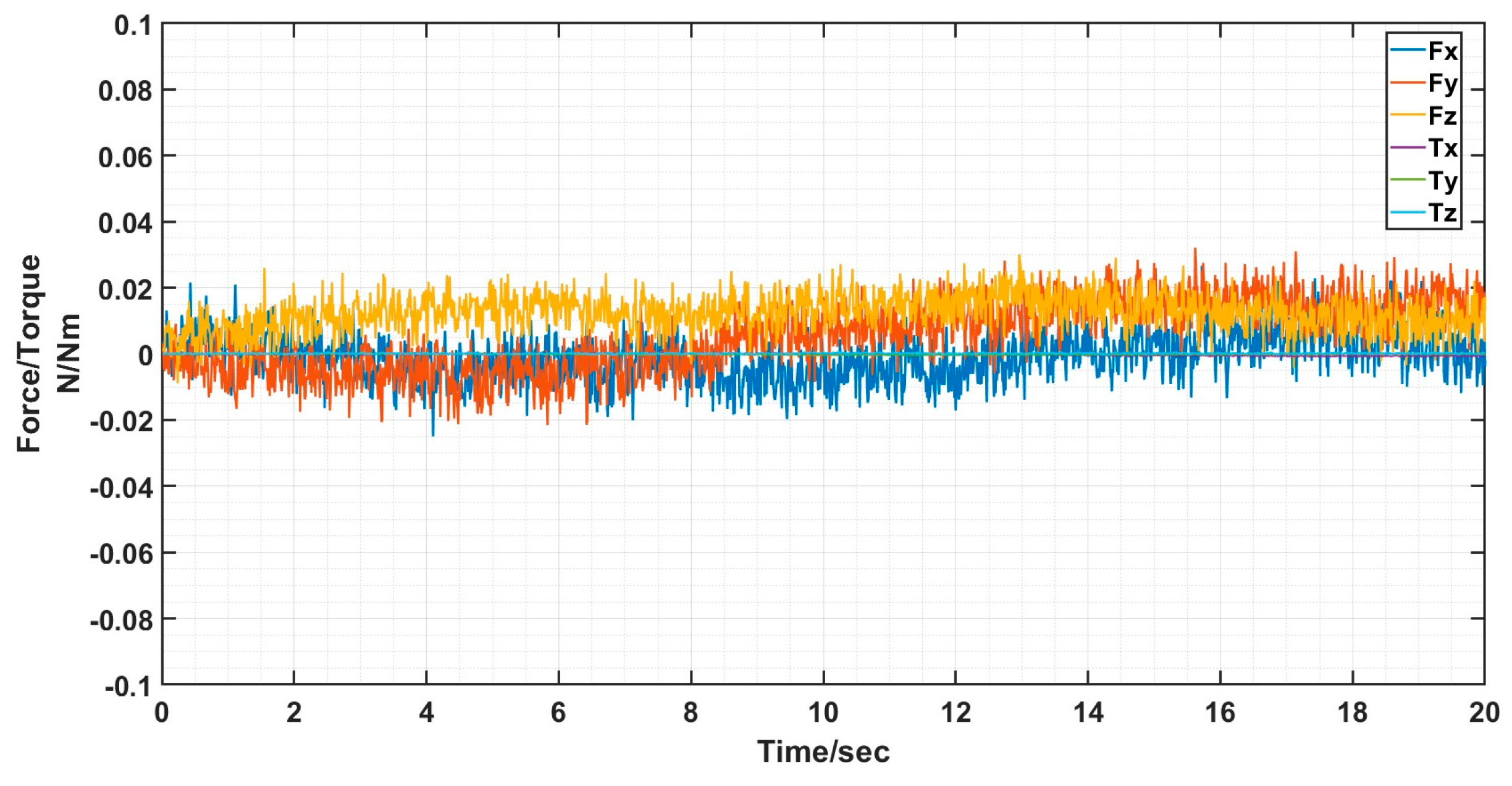

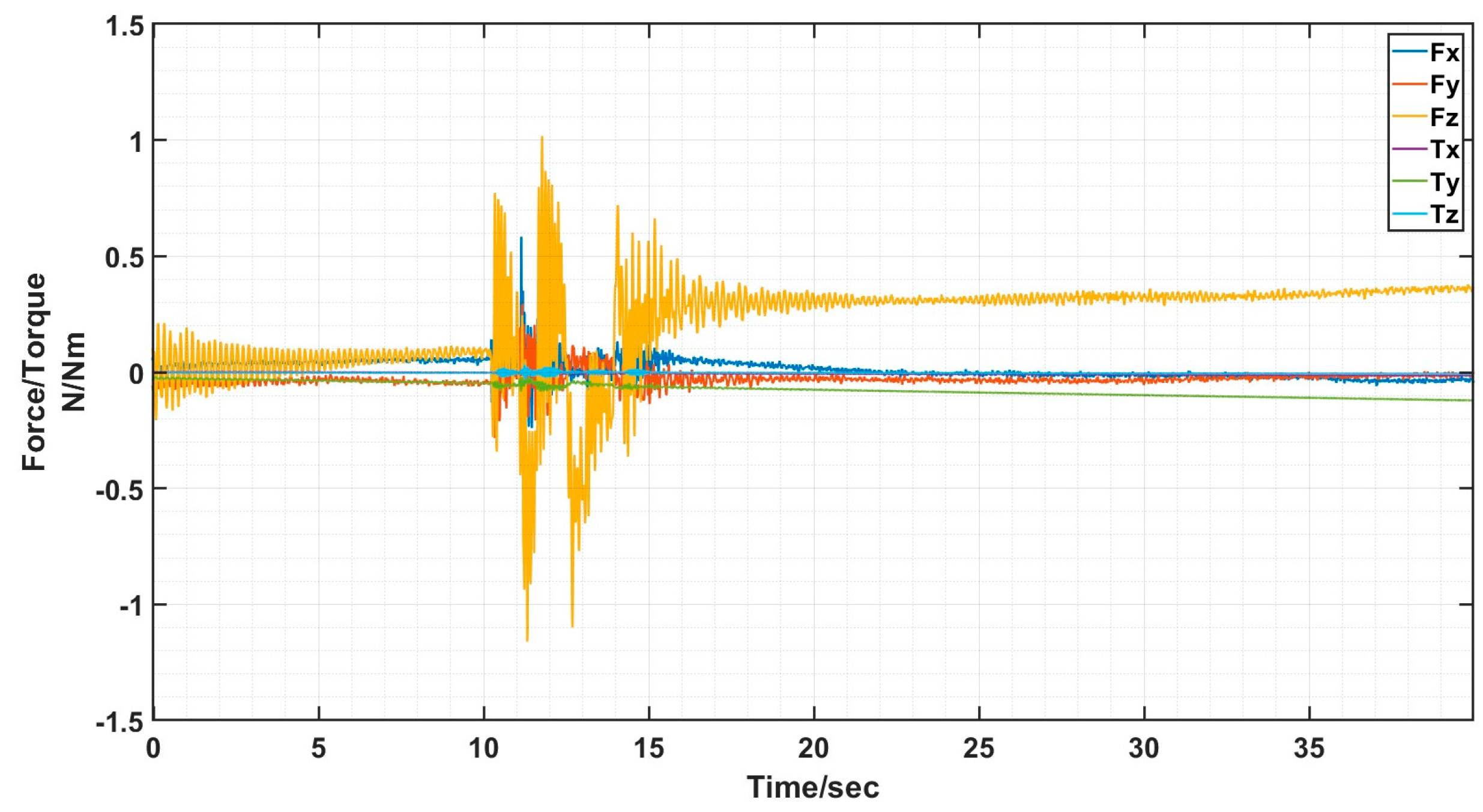
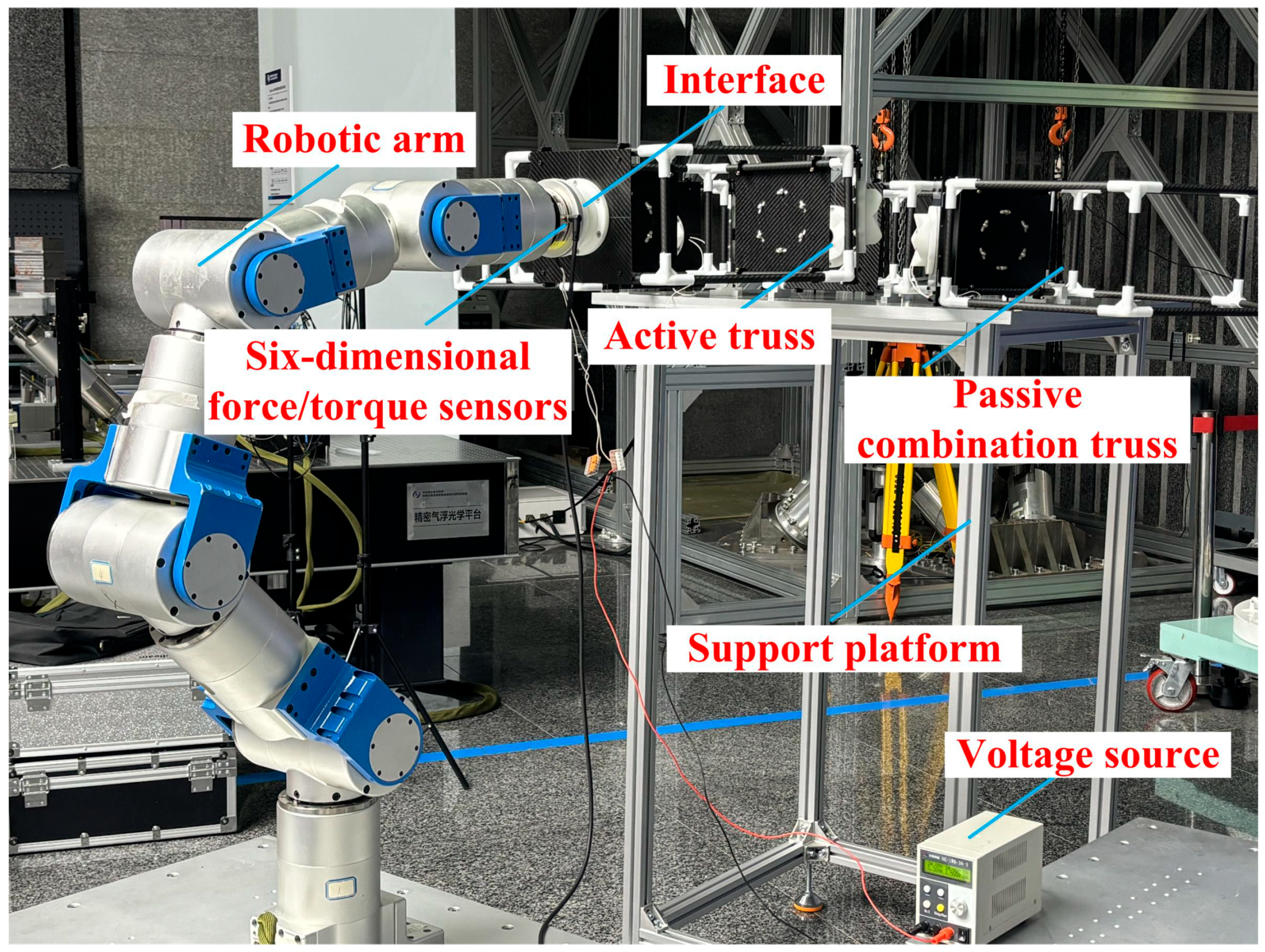


| Parametric | Numeric | Unit |
|---|---|---|
| Mass | 0.6607 | kg |
| Stiffness factor | 10,000 | N/mm |
| damping factor | 10 | N-sec/mm |
| Friction factor | 0.2 | |
| Axial forces | 1 | N |
| Misalignment | Rotational Tolerances (deg) | Translational Tolerance RC (mm) | Inclination Tolerance (deg) |
|---|---|---|---|
| Theoretical value | Arbitrary angle | 25 | 28 |
| Actual value | Arbitrary angle | 23.5 | 24 |
Disclaimer/Publisher’s Note: The statements, opinions and data contained in all publications are solely those of the individual author(s) and contributor(s) and not of MDPI and/or the editor(s). MDPI and/or the editor(s) disclaim responsibility for any injury to people or property resulting from any ideas, methods, instructions or products referred to in the content. |
© 2024 by the authors. Licensee MDPI, Basel, Switzerland. This article is an open access article distributed under the terms and conditions of the Creative Commons Attribution (CC BY) license (https://creativecommons.org/licenses/by/4.0/).
Share and Cite
Liu, S.; Zhang, E.; Xu, Z.; Zhang, J. Design of Docking Interfaces for On-Orbit Assembly of Large Structures in Space. Sensors 2024, 24, 6534. https://doi.org/10.3390/s24206534
Liu S, Zhang E, Xu Z, Zhang J. Design of Docking Interfaces for On-Orbit Assembly of Large Structures in Space. Sensors. 2024; 24(20):6534. https://doi.org/10.3390/s24206534
Chicago/Turabian StyleLiu, Shuai, Enyang Zhang, Zhenbang Xu, and Jingxu Zhang. 2024. "Design of Docking Interfaces for On-Orbit Assembly of Large Structures in Space" Sensors 24, no. 20: 6534. https://doi.org/10.3390/s24206534






